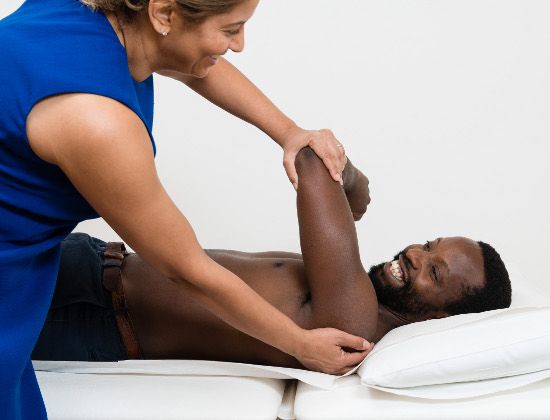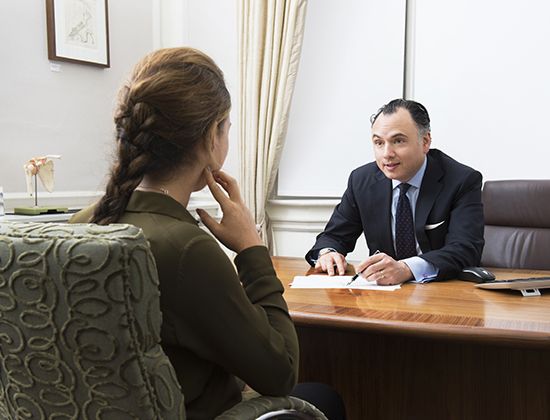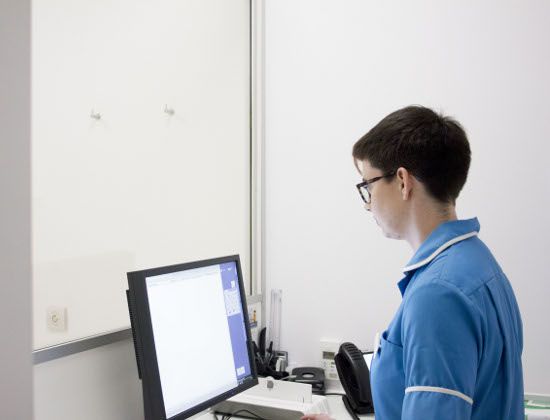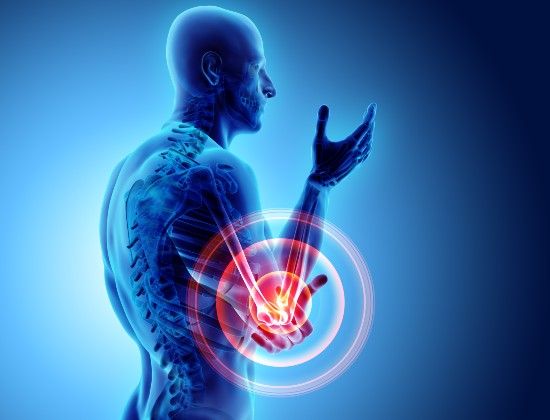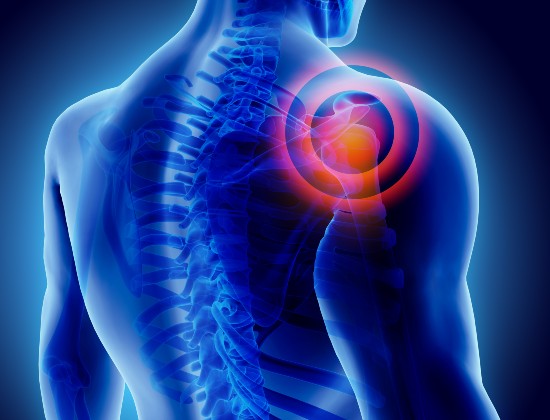Biceps tendon tear at the shoulder
The biceps muscle, at the front of the upper arm, allows the elbow to bend and the arm to be rotated, as well as stabilising the shoulder.
The bicep’s tendons attach muscles to bone in this area so if they are torn you are likely to experience weakness and difficulty with rotating your arm. You may have either a partial or complete tear.
How is it caused?
A biceps tendon tear can be caused through an injury, for example falling onto your hand when it is outstretched or lifting a heavy weight, or – more often - through repetitive strain (years of overuse which wears down and frays the tendon). Overusing the biceps is also associated with other problems including tendonitis, shoulder impingement and rotator cuff injuries; these, in turn, put more stress on the tendon making an injury more likely.
You are more likely to tear your biceps tendon if you:
- Are older (there has been more wear and tear on the tendon)
- Take part in heavy overhead sports such as weightlifting, or repetitive overhead sports including swimming or tennis
- Smoke (nicotine can affect the health of your tendons)
- Regularly have steroid injections (these can weaken the tendons)
What are the symptoms?
Symptoms usually include a sudden pain in the shoulder and, in some cases, an audible ‘pop’. You may also experience bruising, pain, and weakness in the shoulder and elbow as well as finding it difficult to turn your palm over. There may also be a visible bulge in the upper arm, just above the elbow.
How is it diagnosed?
If you have a total rupture of the tendon, it is fairly easy to diagnose because of the obvious bulge in your upper arm. However, it may be harder to diagnose a partial rupture. Your specialist will discuss your symptoms and test for pain when you tighten the biceps muscle, as well as checking for any other shoulder problems such as rotator cuff injuries, tendonitis or impingement. The diagnosis is usually backed up by X-rays to rule out other problems and an MRI scan to show the extent of the damage to soft tissues.
How is it treated?
Non-operative treatment: this can depend on a number of factors including your age, level of weakness or deformity, and normal levels of activity. It can include applying ice (crushed in a towel) several times a day to reduce swelling; taking anti-inflammatory medication if advised by your doctor, resting, and doing exercises to build up your flexibility and strength.
Surgery: if you are an athlete who needs a complete recovery of your strength, surgery can be a better option. This is normally carried out using arthroscopy and reattaches the torn tendon to the bone.
How long does it take to recover?
If you have had surgery, you may need to wear a sling at first to immobilise your shoulder before gently starting exercises to improve your strength and range of movement. In many cases, surgery can restore your shoulder function to near normal levels within three months.
Important: This information is only a guideline to help you understand your treatment and what to expect. Everyone is different and your rehabilitation may be quicker or slower than other people’s. Please contact us for advice if you’re worried about any aspect of your health or recovery.
